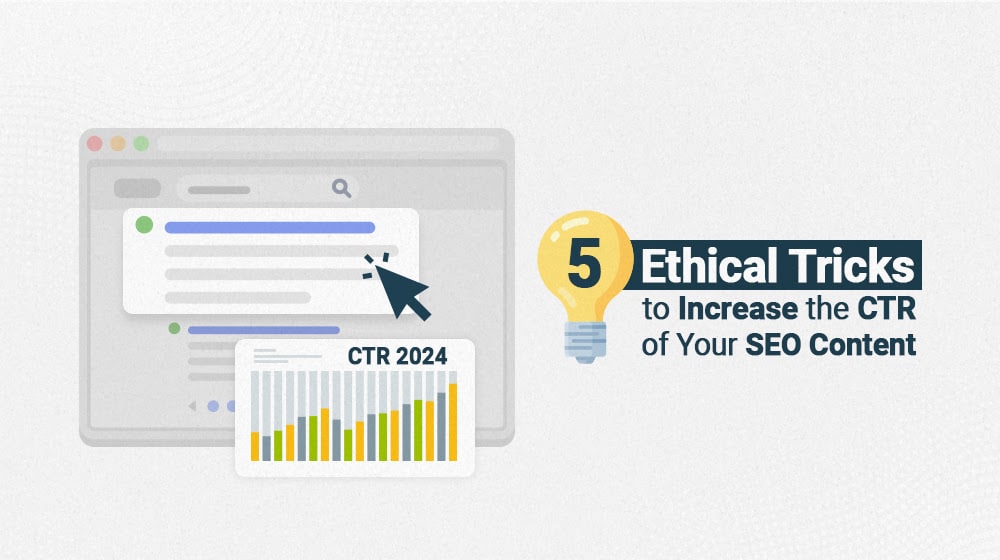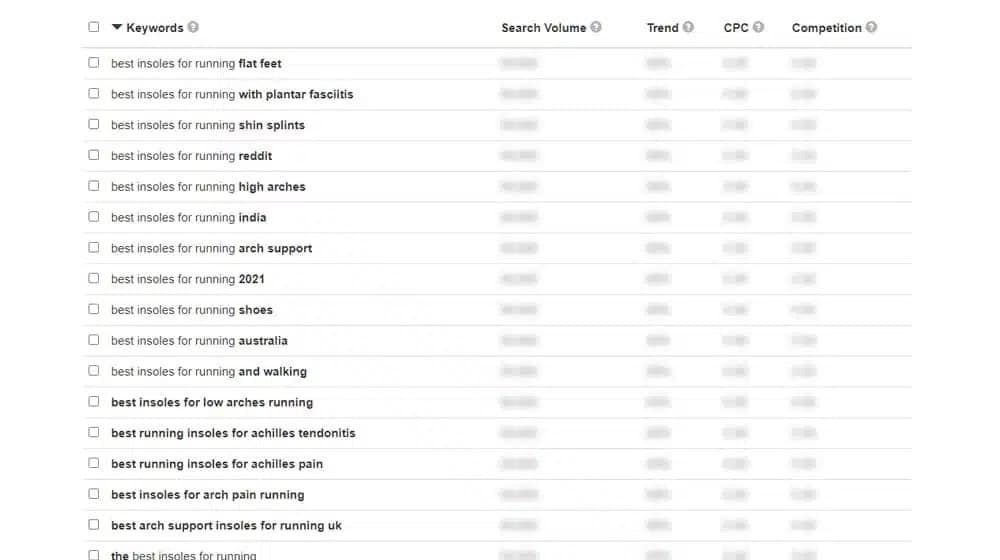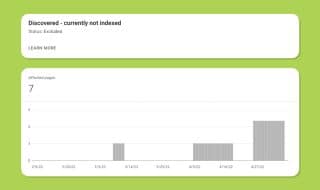5 Ethical Tricks to Increase the CTR of Your SEO Content

In the world of SEO, marketing, and content, there are a lot of different ways to manipulate the behavior of both people and the search engines. Many of these methods are broadly considered unethical, whether because they skirt the rules (or outright violate them), or because they use misdirection, cloaking, or other tools to effectively lie to the viewer about what they're doing.
Obviously, you want to avoid unethical methods. They cost you trust, they cost you value, and they can get your entire domain nuked from the search results. And, sure, there are people who make a living from pumping up unethical sites for a few months and abandoning them over and over, but it's much better as a long-term strategy to just do things the right way from the outset.
If your goal is to get a higher click-through rate from your content, there are a lot of ways you can do it. I've put together five of my favorite tricks that are both ethical and effective. Let's go through them, and you can tell me your favorite at the end.
Before We Begin
Since what I'm going to be talking about are things like growth hacks and optimizations, it's important to discuss the scope of what we're doing.
Specifically, we're talking today about the click-through rate of organic SEO content. I'm not talking about the click-through rate of paid advertising. That's a whole different beast.
I'm also not going to be giving you tips like "write better content." Yes, better content will rank better over time and will draw in more users, but that's not really a trick or growth hack, it's just part of marketing. I'm trying to list options that are much narrower and more actionable.
While I encourage you to post your own tips in the comments, keep in mind that some of them might be things that don't quite fit the scope of this post. That's fine! There are a lot of different ways to improve SEO performance, I'm just operating on a relatively narrow definition today.

I also want to issue a word of caution. If you expect too much from these tricks, you're probably going to be disappointed. None of these are going to take a small niche site to #1 for high-competition keywords. They're small elements that can improve your performance from where you currently sit and can help you improve across your site, but they aren't going to suddenly make an insolvent business successful or anything like that.
Think of these as the mid-range optimizations. They're things you can put off while you're still working on SEO fundamentals, but they are more important to do than all of the tedious micro-optimizations that you can get really into the weeds with later on.
Finally, since we're talking about click-through rate, these tips are largely focused on user behavior, not on search performance. Obviously, something that boosts you from result #3 to result #2 or #1 is going to boost your click-through rate, your traffic, and every other metric. I'm talking more about techniques that can get you a better click-through rate when you're already #1 or when your position otherwise doesn't move.
With all of that out of the way, let's dig into the five tips I've found most effective for my clients!
#1: Use Tightly Optimized Meta Descriptions
Have you ever noticed that when you perform a Google search for something, the results all generally have elements of that topic in their meta descriptions, and that the most closely relevant keywords are bolded?
This happens for two reasons.
- The first is that Google, in an attempt to make sure you know that the result is relevant to your query, is algorithmically adding that bolding to the meta description to make it stand out more. Otherwise, you might not realize that the content showing up in the search results for a query is related to that query, right? Well, surprisingly, yes. That used to be a pretty big problem in SEO, where the keywords you use to find content might not even be in the content but could be elsewhere on the page or stuffed somewhere in an attempt to exploit the algorithm.
- The other reason is that Google will often generate its own meta description out of content on the page specifically to represent the page in the most relevant light. Even if there are only a couple of paragraphs on the page that use those keywords, those sections might be pulled and used as the meta description for the query to make the page look more relevant to a user.
But wait; if Google will just overwrite your meta description, why should you bother even setting one?

I find that the more accurate and relevant a meta description is, the more likely it is that Google will use what you specify over what's just somewhere in your content. So, if your meta description uses several keyword variations that are the keywords most likely to bring users to your page, it's going to be most attractive and most likely to stick around.
People who search for other things and happen to find your content can see a more algorithmic description, but that's fine; it's a smaller audience segment, and Google is effectively helping you capture their attention when you otherwise might not.
If you're curious, I did a small case study on how many pages have meta descriptions specified and how many of them are overwritten by Google. The results might surprise you. It's clear that Google still considers them and uses them occasionall, though, so optimizing them effectively can be a way to capture a little bit more CTR than letting Google do it themselves.
Don't forget that meta descriptions are still important for other purposes. Links on social media, for example, will still use whatever meta information you plug in and might not display properly if you leave it out. Getting CTR from social media is adjacent to our main topic, but it's still important.
#2: Use Numerous Keyword Variations Throughout Your Content
The second tip is piggybacking off the first. Write your content as if any given paragraph of relevant information could be chosen as your meta description. Because, as we just discussed, it very well might be.
There are two important notes about this tip.
The first is that you need to be relatively narrow with your use of keywords. You want mostly long-tail keywords relevant to the topic you're discussing in the post rather than higher-level keywords.

The main reason for this is because otherwise, you can end up with keyword cannibalization issues. Keyword cannibalization is when you have multiple pages on your site that are all roughly about the same topic. Google will only ever dedicate one space in the SERPs for your domain, so they have to pick one of those pages. But, if things like backlinks, past traffic, page rankings, and other factors are spread between them, neither one will perform as well as if you only had one page.
The second note is that this is actually easier than you might think. You can use tools to brainstorm keyword ideas, but there's a better way: tools like MarketMuse and Clearscope will give you dynamic suggestions for where you can inject keywords into your content.
They can be a little costly, but when you have hundreds of pages you want to go through and optimize, it's well worth the assistance.
#3: Use Power Words in Useful Titles
A huge part of organic SEO click-through rate is having a title that is compelling enough to get a user to click. You want to stand out, be emotionally resonant, capture attention, and convey the fact that you know what you're talking about and that you have unique value to share.
It's a pretty tall order to fill when you have somewhere around 50-60 characters to do it in.

I've seen all sorts of strategies here.
- Use emojis to stand out.
- Include a date so your content looks more recent than the competition.
- Double up on keywords to match user queries.
For my money, though, power words are where it's at.
Power words are words that carry some emotional weight with them to lend subconscious associations to your title and the content beyond it. The title of the post you're reading now, for example, uses "ethical" to help readers feel secure in knowing I'm not suggesting anything that could hurt their site and "tricks" to indicate an ease of use and some level of exclusivity or advantage. I could also spice things up by changing "increase" to "boost" or "skyrocket" or something, but I do run the risk of over-promising results with that kind of power word.
The key is to choose 2-3 power words that resonate with your target audience on the goals, fears, desires, and emotional aims of the content. Clickbait and Ragebait (leveraging curiosity and anger respectively) are these taken to extremes, and you don't want to quite go that far, but the concept is similar.
#4: Dedicate a Content Section to Featured Snippet Information
Here's one that can be pretty hit or miss, and it depends both on Google's whims and on the goals of your audience with your content.
For the last few years, Google has been adding more and more to the SERPs in the form of various knowledge graphs, info boxes, and additional content. Foremost among these is the "featured snippet," a chunk of a relevant blog post cut out and displayed in full in position #0 above other organic results.
The goal is that, if a user is asking a simple question, this featured snippet can answer the question and alleviate the need for further searching.

The downside, and a reason Google has been criticized for this, is that if users are satisfied on the SERPS, they never click through to the site, so the site doesn't benefit. In a way, this has the potential to decrease your CTR, if you get the featured snippet and it's too good at answering the question.
So, write something that you would hope would be picked as your featured snippet, but make it just vague enough that users have to click through to learn more.
That way, they know you have the information – the snippet proves it – but they can't just get it for free.
Unfortunately, Google's incorporation of AI is making this an even harder prospect, so this strategy might not work much longer, but use it while you can. If nothing else, that information can be cited in their AI summaries and still refer people to your site.
#5: Focus on Underperforming Content First
The last strategy is actually more of an overall scheme for how to implement the other four tricks.
It's deceptively simple: just start from the bottom.
Think about it in terms of numbers and performance. If you have a page that is getting 1,000 clicks per week, optimizing it to get an extra 100 clicks per month is a 10% increase. On the other hand, if you have a page that is getting 50 clicks per month, getting an additional 100 clicks is a 200% increase. Either way, the clicks you get are going up the same, but by bringing your underperforming content to the fore, you raise the floor for your whole site.
I often think of it like this: your worst content is holding you back the most. You need to deal with it somehow, whether that's updating it, merging it with better content, or getting rid of it. Making it better makes your whole site better, and that can boost everything across the board; whereas focusing on a few pillar posts might give you incremental boosts but does nothing about the anchor you're dragging around.

Not every underperforming post will be salvageable in this manner. And, not every bad post is a post with a bad CTR you can improve. This is very contextual, so performing a deep content audit is a good place to start. You want to identify opportunities to improve in various ways, including using the tricks I've posted above.
Your Favorite Tricks
So, what about you?
I've posted my favorite CTR tricks for organic SEO and marketing; what do you have to add? If you have any great tricks you've used to good effect, I'd love to hear them.
Let me know in the comments what you do instead!










Comments